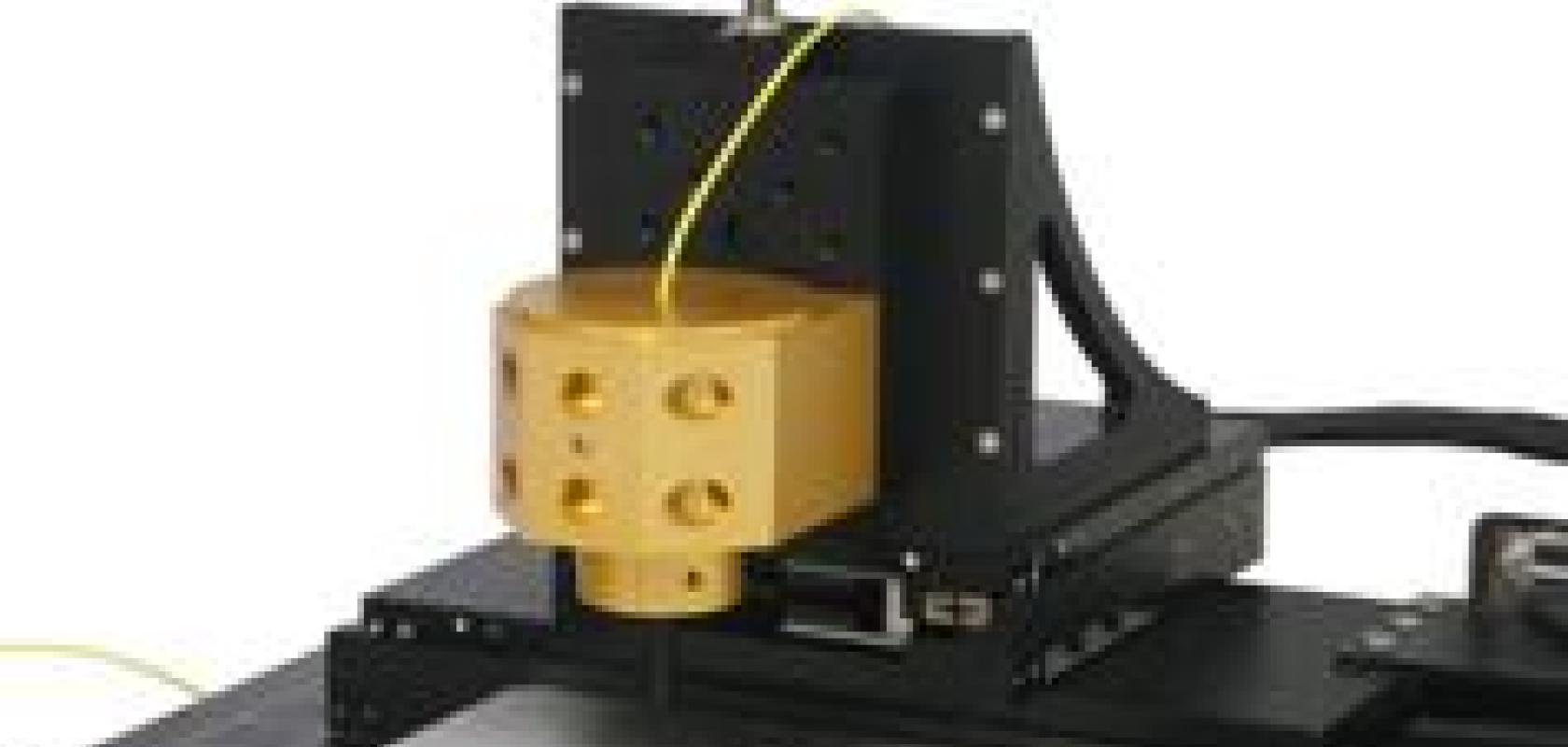Rhombus VS, a systems integration specialist based in Brackley, Northamptonshire, has developed the Hornet3D, a non-contact metrology system utilising high precision optoNCDT 2401 confocal displacement sensors from Micro-Epsilon. The metrology system provides portable surface profiling, imaging and thickness measurements down to nanometre resolutions.
Hornet3D comprises an X-Y scanner and stage platform with a modular Z-axis fixture with integrated sensor. The system is completely scalable. If required, the sensor or microscope can be easily removed and replaced with an alternative unit, providing flexibility for the user in terms of measurement range and resolution. The stage platform can be made larger or smaller depending on customer requirements. The Hornet offers resolutions in the X-Y axis down to 0.1µm. Micro-Epsilon's optoNCDT 2401 confocal sensor provides a Z-axis resolution down to 10nm and a sampling rate of 0.1 to 20kHz depending on the scan parameters.
The system also includes Rhombus' integrated Surescan software, which enables the user to define scan regions and resolution scale. 2D false colour maps can be created, full 3D animated images, cross-section analyses for sample profiling and measurements and basic report generation. Data can also be exported to third-party software packages and reports generated.
The optoNCDT 2401 confocal chromatic sensor system comprises an LED-based controller and a sensor, connected by a fibre optic cable, which can be up to 50m in length. The system has no moving parts and is therefore wear-free. There are three choices of sensor designs available: the 2400, 2401 and 2403 series, which together cover more than 24 different measurement ranges as standard. In addition, the 2402 series has a diameter of just 4mm and typical lengths of 40-50mm. ATEX certified versions are also available.
The optoNCDT 2401 is a compact sensor with a large stand-off distance that is able to perform one-sided thickness measurement of transparent materials such as glass and plastics, as well as multi-layer surfaces, including substrates and laminates. The sensor offers extremely high spatial resolution for microscopic surface profiling. Spot size diameter is down to 7µm. Resolution on the 3mm measuring range sensor is 0.12µm.
The confocal measurement principle uses polychromatic white light, which is focused onto the target surface using a multi-lens optical system. The lenses are arranged so that the white light is dispersed into a monochromatic light by controlled chromatic aberration. A specific distance to the target is assigned to each wavelength by factory calibration. Only the wavelength that is exactly focused on the target is used for the measurement. This light reflected from the target surface is passed through a confocal aperture onto a spectrometer, which detects and processes the spectral changes.


